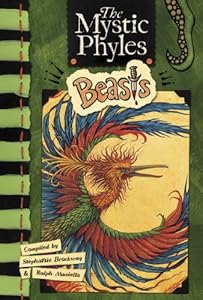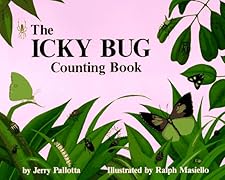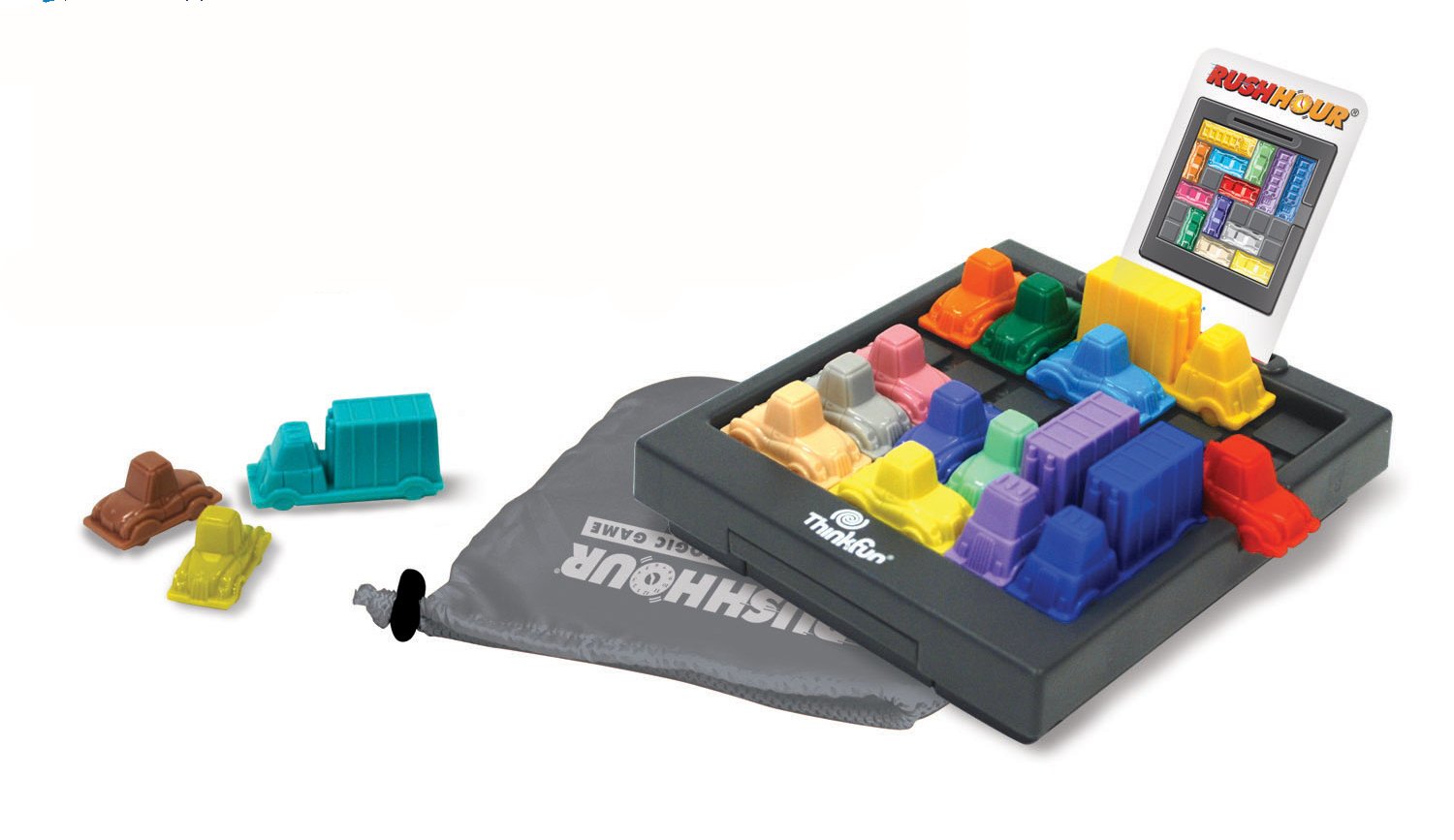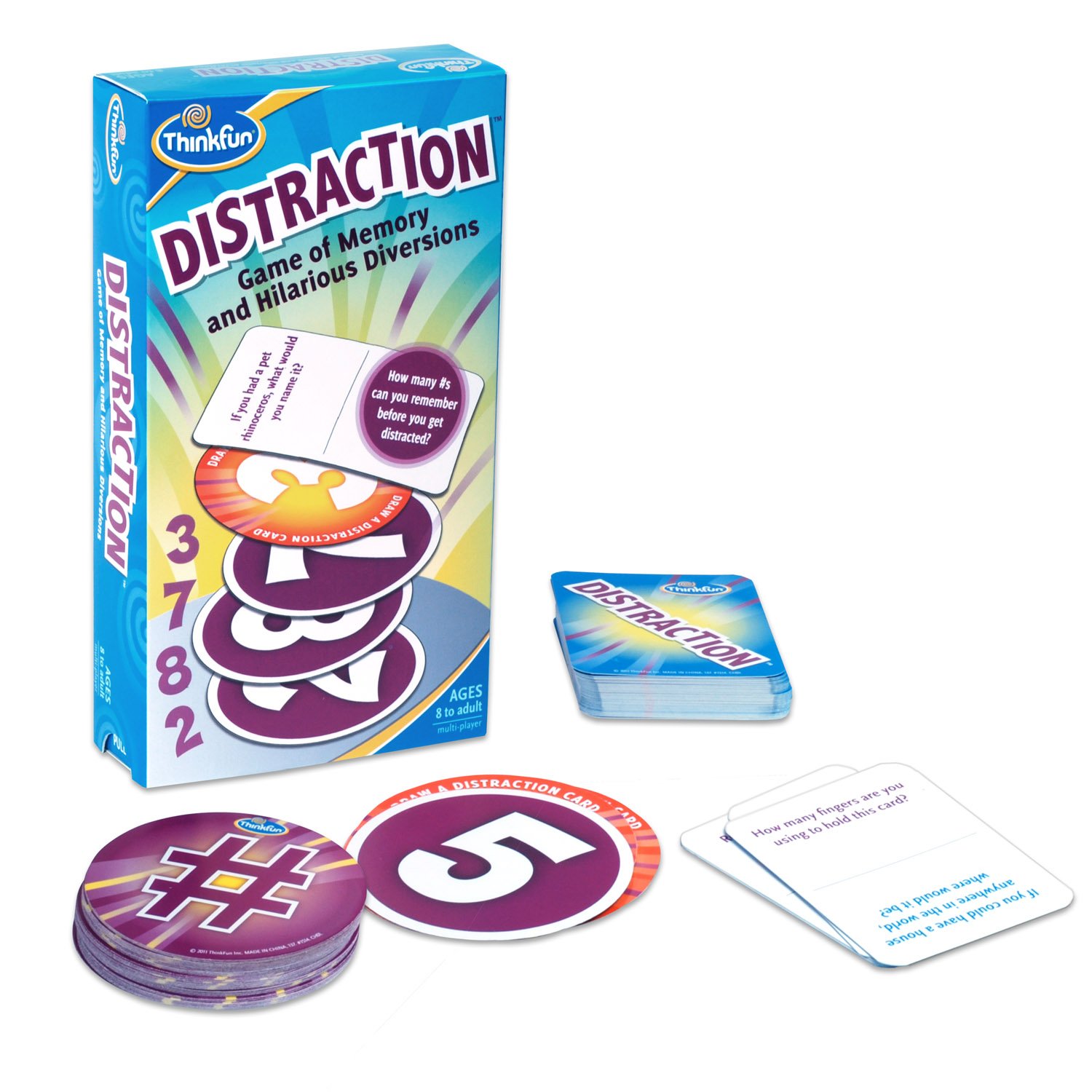Even though the weather may be starting to change to fall-like temperatures here in the Northeast, fifth grade students at my school are very fortunate to be going outside while learning and walking at the same time - and they'll continue to do so as long as we're able to add layers!
Thanks to a generous donation from our PTO, combined with a grant from The Walking Classroom (TWC), we were outfitted with a class set of walk kits - MP3 players pre-loaded with 15-20 minute high interest podcasts covering a variety of learning topics and fitness tips. This amazing award-winning, evidence-based fitness and obesity intervention program is innovative and engaging for students. It's music to my ears as my students beg me every day to do a walk!
One of my students explained that the walks help her to "clear the webs" in her brain, allowing her to focus more when she's back in the classroom. Other students have enjoyed the opportunity to be leaders in the walking line. And, the recall of the content when we discuss it later in class has been impressive!
There's a large body of research that suggests myriad emotional, cognitive, and physical benefits of daily exercise for children. Often times, families find it difficult to fit exercise in given their hectic schedules. With The Walking Classroom, students get much needed movement breaks during the day, and they learn about Common Core aligned topics such as narrator's point of view, famous explorers, or U.S. history. And all of this occurs while breathing in fresh air, walking briskly, and soaking up vitamin D!
Founder Laura Fenn (a former fifth grade educator), left no stone unturned when she created TWC. I was extremely impressed when I excitedly opened up our package. I found all of the walk kits protected by high quality plastic storage containers. Each kit came with a set of ear buds (to be used by only one child for hygiene sake) and a AAA battery. In addition, there's a large binder filled with lesson plans and quick assessments for the 90 plus podcast topics. Each lesson plan is carefully laid out and very detailed. Laura even went so far as to create lessons on how to model caring for the equipment and a trial walk to get your students accustomed to the process.
Here are my walking scholars on a recent outing. One of the best suggestions offered by TWC is to assign two students to be "pace-cars" at the front to keep things moving as well as two "cabooses" to make sure no one lags behind.
I feel very fortunate to work at a school that values educating the whole child, and even more fortunate to have the backing of a very supportive PTO. We're also very grateful to The Walking Classroom for making this a reality for our students. TWC's tagline says it all: walk.listen.learn - what more could a teacher ask for?
If you would like to donate, are interested in learning more about TWC, or considering bringing The Walking Classroom to your school, check out their website here. It's full of information about how it works, testimonials, and samples of the podcasts for your listening pleasure.
As Laura Fenn often says, "Happy Trails!"



































_cover.jpg)





